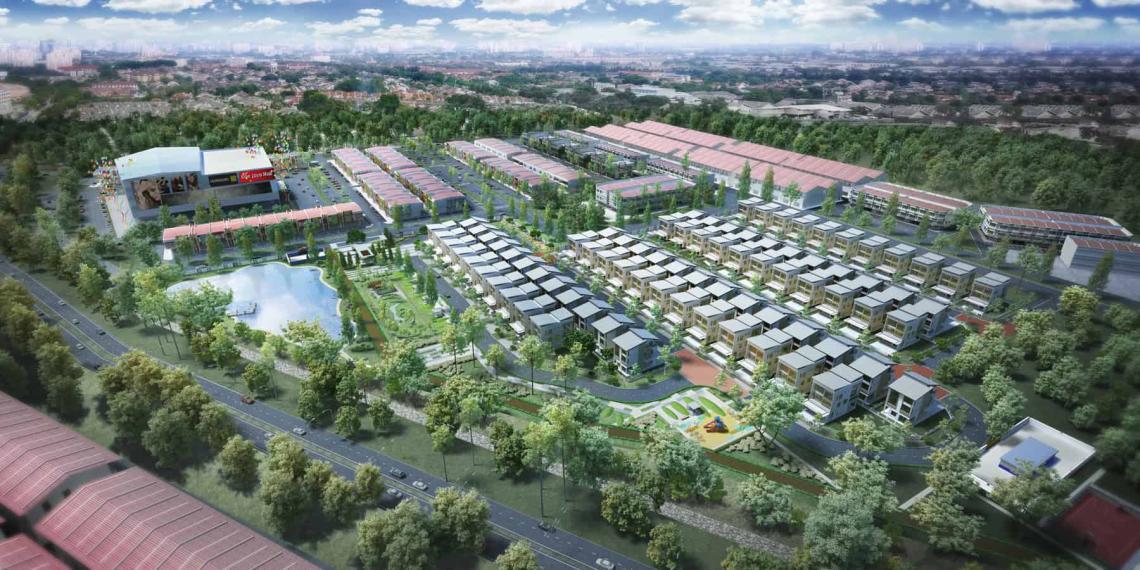Harnessing Satellite Data for Informed Urban Planning: A Step-by-Step Approach
In the era of rapid urbanization, urban planning plays a crucial role in shaping sustainable and livable cities. Satellite data, with its ability to provide comprehensive and up-to-date information about urban areas, has emerged as a powerful tool for informed decision-making in urban planning. This article presents a step-by-step approach to harnessing satellite data for urban planning, enabling planners and policymakers to leverage this valuable resource effectively.

Step 1: Data Acquisition
The first step in utilizing satellite data for urban planning is to acquire the appropriate data. This involves identifying relevant satellite data sources, choosing the appropriate data type, and considering factors such as spatial, temporal, spectral, and radiometric resolution.
- Identifying Relevant Satellite Data Sources: Government agencies, commercial providers, and open-source platforms offer a wide range of satellite data.
- Choosing the Appropriate Data Type: Optical imagery, radar imagery, LiDAR data, and hyperspectral imagery are the primary types of satellite data used in urban planning, each with unique characteristics and applications.
- Considerations for Data Selection: Spatial resolution, temporal resolution, spectral resolution, and radiometric resolution are key factors to consider when selecting satellite data for urban planning.
Step 2: Data Preprocessing
Once the satellite data is acquired, it undergoes preprocessing to prepare it for analysis. This includes radiometric correction, geometric correction, mosaicking, and data enhancement techniques.
- Radiometric Correction: Calibrating sensor measurements and removing atmospheric effects ensure accurate data representation.
- Geometric Correction: Orthorectification and georeferencing align the satellite imagery with real-world coordinates.
- Mosaicking: Combining multiple images into a single seamless dataset facilitates comprehensive analysis.
- Data Enhancement: Techniques like pan-sharpening, image segmentation, and feature extraction improve data quality and facilitate interpretation.
Step 3: Data Analysis

The preprocessed satellite data is then analyzed to extract meaningful information for urban planning. This involves visual analysis, statistical analysis, and machine learning and artificial intelligence techniques.
- Visual Analysis: Identifying patterns and trends in satellite imagery, as well as manually delineating features of interest, provides initial insights.
- Statistical Analysis: Calculating descriptive and inferential statistics helps quantify urban characteristics and identify relationships between variables.
- Machine Learning and Artificial Intelligence: Advanced techniques like land cover classification, change detection, and future urban growth prediction enhance the accuracy and efficiency of data analysis.
Step 4: Urban Planning Applications
The analyzed satellite data is then utilized in various urban planning applications, including land use planning, transportation planning, and environmental planning.
- Land Use Planning: Satellite data aids in identifying suitable locations for new development, delineating zoning districts, and creating master plans.
- Transportation Planning: Analyzing traffic patterns, designing new transportation infrastructure, and optimizing public transportation routes are key applications of satellite data in transportation planning.
- Environmental Planning: Monitoring air quality, assessing the impact of urban development on natural resources, and developing strategies for sustainable urban development are facilitated by satellite data.
This step-by-step approach to harnessing satellite data for urban planning provides a comprehensive framework for leveraging this valuable resource in decision-making. By acquiring, preprocessing, analyzing, and applying satellite data, urban planners can gain valuable insights into urban dynamics, identify challenges, and develop informed plans for sustainable and livable cities.
YesNo

Leave a Reply